Nestled in the picturesque Kangra Valley of Himachal Pradesh, India, Palampur is a charming town renowned for its natural beauty, lush tea gardens, and a rich cultural heritage. This idyllic destination is often referred to as the “Tea Capital of Northern India,” owing to its thriving tea industry. Beyond its tea gardens, Palampur boasts a unique blend of rural and urban life, making it a captivating place to explore.
Demographics of Palampur
Population:
The population of Palampur primarily comprises a mix of Himachali and Gaddi communities, with a small number of residents from other regions.
Ethnic composition:
Himachalis, who are native to the state of Himachal Pradesh, form the majority of the population. The Gaddis, a pastoral tribe, also have a significant presence in the region.
Languages spoken:
The official language is Hindi, but people in Palampur commonly converse in Himachali dialects, including Kangri and Mandiali, along with English being understood by many due to its importance in the tourism sector.
Economic Activities in Palampur
Agriculture
- Crops grown: Palampur’s economy is primarily agrarian, with crops like wheat, rice, maize, and barley being cultivated in the fertile soil of the Kangra Valley.
- Farming techniques: Traditional farming methods are prevalent, but modern techniques and machinery have been gradually introduced to improve agricultural productivity.
Non-agricultural activities
- Small-scale industries: Palampur is home to various small-scale industries, including textile manufacturing, handicrafts, and boutique businesses.
- Services: Tourism plays a vital role in the local economy, with guesthouses, restaurants, and adventure tourism activities contributing significantly.
Infrastructure and Facilities
Transportation
- Roads: Well-maintained road networks connect Palampur to nearby towns and cities. The scenic journey to Palampur is itself an attraction.
- Connectivity: Despite its remote location, Palampur enjoys good connectivity to major cities like Dharamshala and Kangra.
Education
- Schools: Palampur boasts a number of educational institutions, including schools that provide quality education to local students.
- Higher education institutions: There are several colleges and institutes in the area, attracting students from neighboring regions.
Healthcare
- Hospitals: Palampur has hospitals and healthcare facilities that serve the local population and tourists.
- Clinics: Medical clinics and pharmacies are available for basic healthcare needs.
Utilities
- Electricity: The town enjoys a stable supply of electricity.
- Water supply: Water supply systems ensure access to clean and safe drinking water.
Social and Cultural Aspects
Festivals and celebrations:
The region celebrates various Hindu festivals with great enthusiasm, including Diwali and Holi. Local fairs and cultural events also add vibrancy to the town.
Religion and spirituality:
Palampur is dotted with temples and monasteries, reflecting the spiritual diversity of the region.
Cultural heritage:
Traditional Himachali architecture and handicrafts are an integral part of the local culture, offering visitors a glimpse into the town’s rich heritage.
Environmental Features
Natural landscapes
- Mountains: Surrounded by the Dhauladhar mountain range, Palampur offers breathtaking views and opportunities for trekking and mountaineering.
- Rivers: The Beas River flows nearby, providing scenic beauty and opportunities for river-based activities.
- Flora and fauna: The region is blessed with diverse flora and fauna, with numerous bird species and wildlife that attract nature enthusiasts.
- Environmental conservation efforts: Conservation initiatives focus on preserving the pristine environment of Palampur, including efforts to maintain the tea gardens sustainably.
Challenges and Future Development
Economic challenges:
Balancing economic growth with the need to preserve the environment is an ongoing challenge in Palampur, given its heavy reliance on agriculture and tourism.
Infrastructure development:
Continued investment in infrastructure is necessary to accommodate the increasing number of tourists while maintaining the town’s charm.
Environmental sustainability:
Sustainable practices in agriculture and tourism are vital to protect the region’s natural beauty for future generations.
Social and cultural preservation:
As tourism grows, preserving the unique cultural and historical aspects of Palampur is a priority.
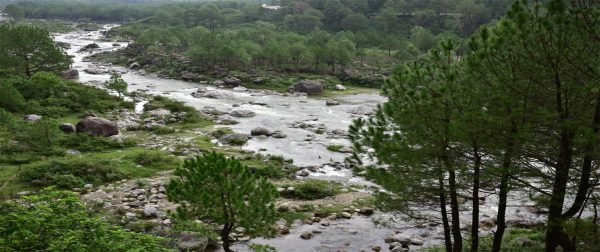
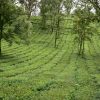
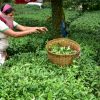
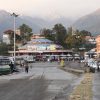
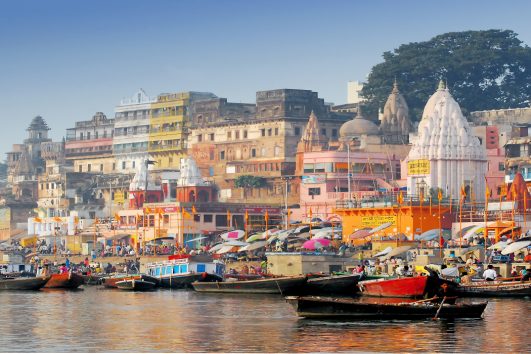
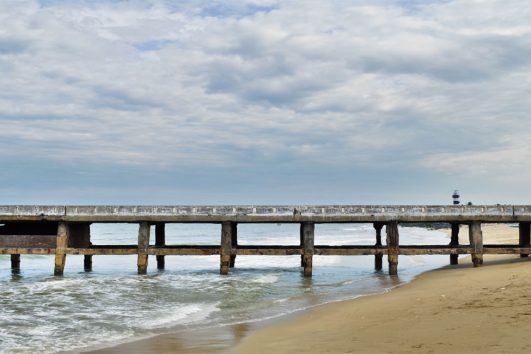

Tour Reviews
There are no reviews yet.
Leave a Review